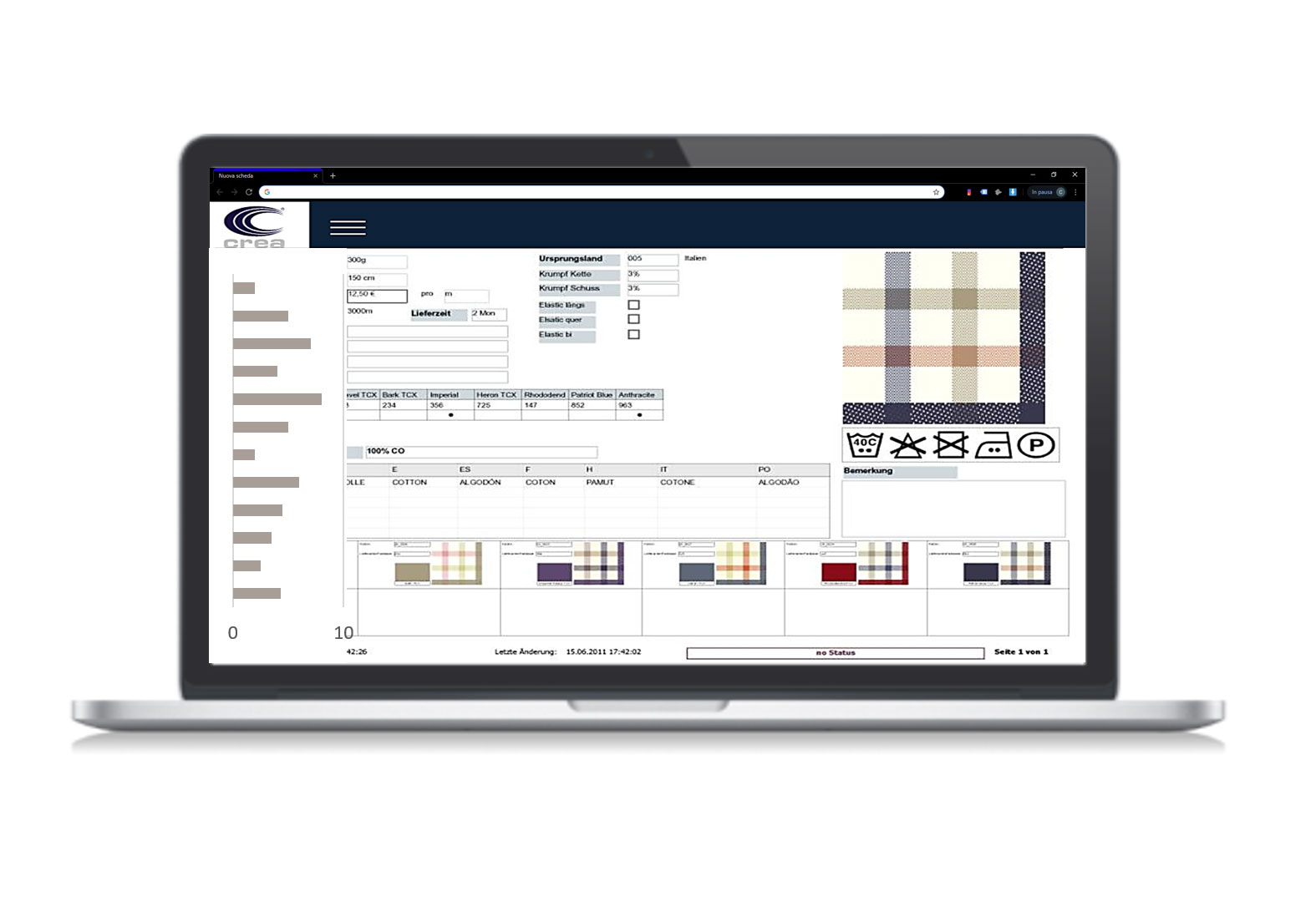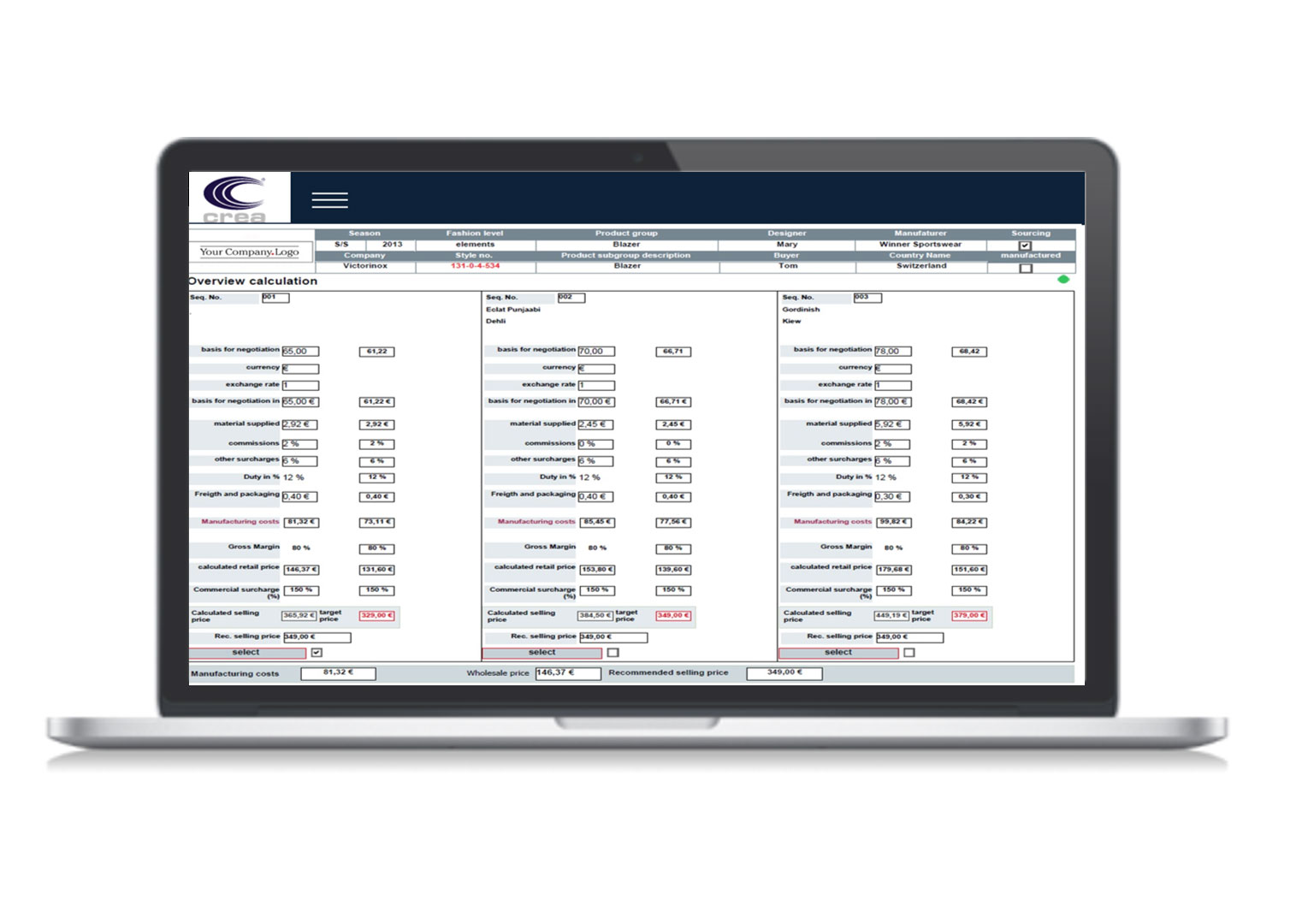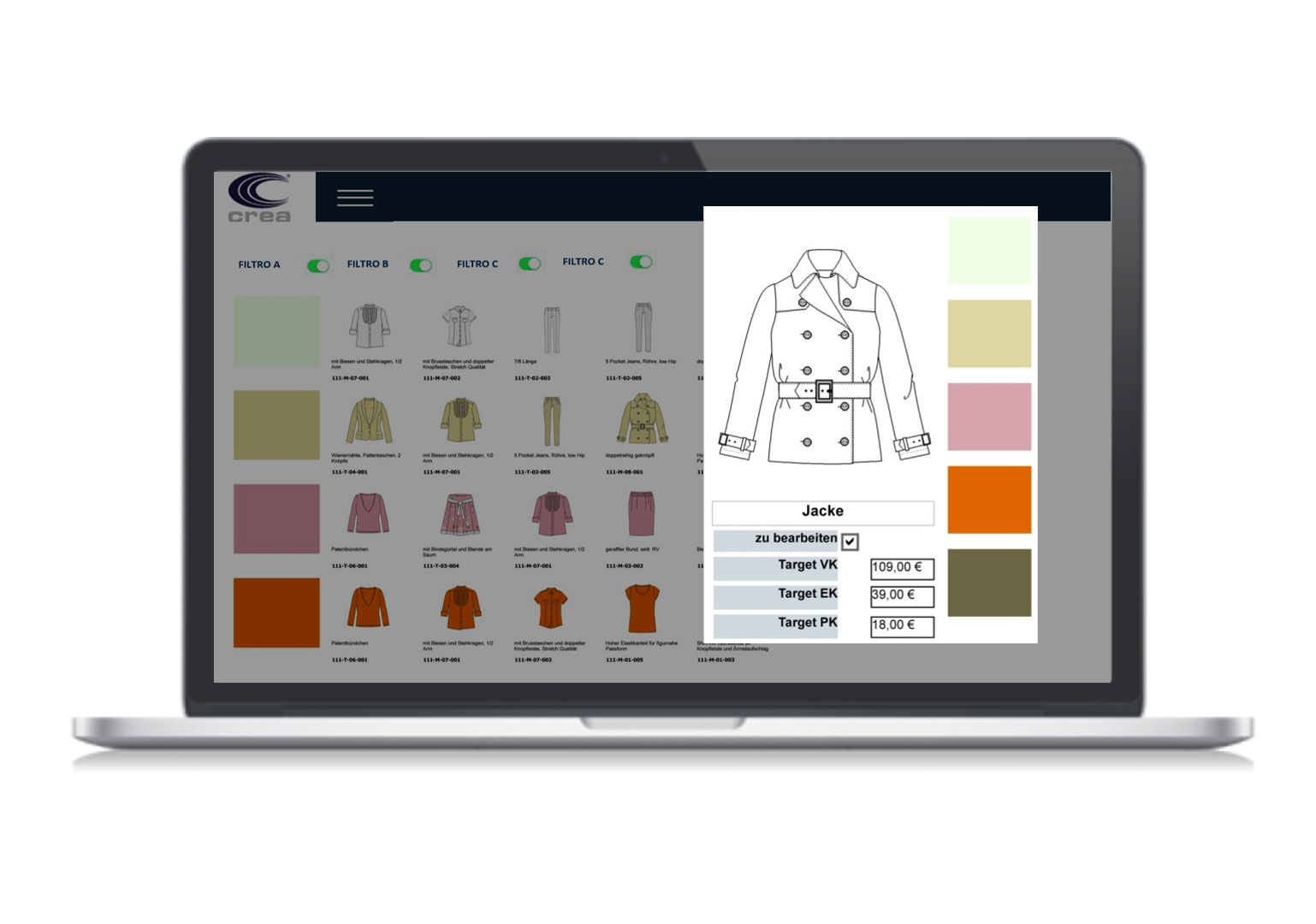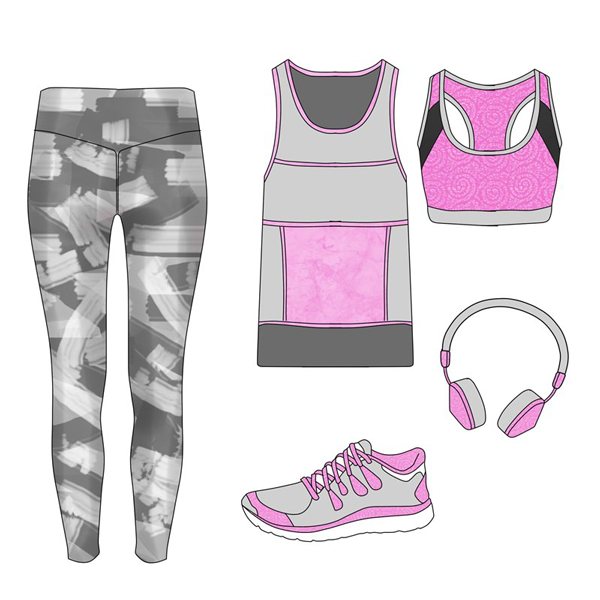Size grading: all the secrets for a perfect fit
The need to guarantee an adequate fitting to the entire customer target has encouraged over the years the study of the “size grading“, or the method to vary the “prototype” (the garment on the basic size tested and presented in the samples). To obtain garments proportionally and aesthetically identical to the prototype, the size grading, the distribution of the millimetres which differentiate one size from the others with similar criteria to those used for the construction of the basic models, is carried out. For the identification of this difference in millimetres, reference can be made to the company size chart, based on market and target and relative measures.

To perform a correct size grading it is good to consider a series of fundamental principles:
- the meeting of two lines on the basic model determines a point
- each point undergoes a displacement
- for each variation of length, we proceed on a vertical parallel to the straight wire of the model, each variation of width perpendicularly
- it is advisable to move first on the lengths, then on the widths
- it is advisable to move the lines of the prototype as little as possible
- the unit of measure of size development is the millimetre
- the entities that allow the variation of size in size are defined as values, rates or development quotas
- each development is a case: it is necessary to interpret shapes, cuts, motifs and choose the method of displacement. It is necessary to observe the position of the points to move, placing them ideally on the person, and then refer to the relative development values.
It is important to understand how the grading values are obtained: for direct measurements (lap depth, shoulder width, circumferences, etc.) they are evident from the tables It is more difficult to understand how the indirect measurements are obtained, such as the width of the crotch trousers, or the height of the cap and the width of the sleeve.
During the size grading, the physical shape of the customer is considered in the size that is being worked: the size grading towards large sizes, considers the fact that some areas of the body increase more than others, as well as in the reduction in size the proportion will change to the design of the increase.
All manual processing that has always respected these geometric rules is now replaced with powerful CAD for pattern making and CAD for clothing software that allow you to speed up the size grading time of 90%.
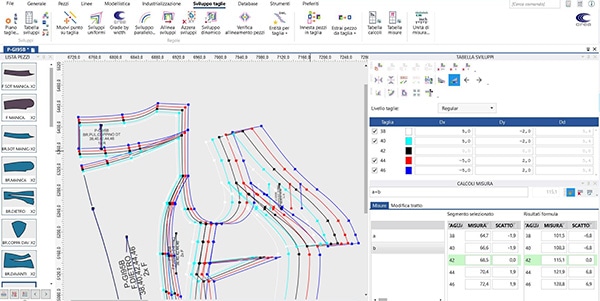
Net Size Grading
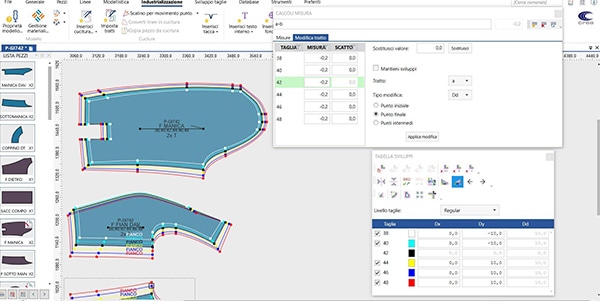
Controlled Size Grading
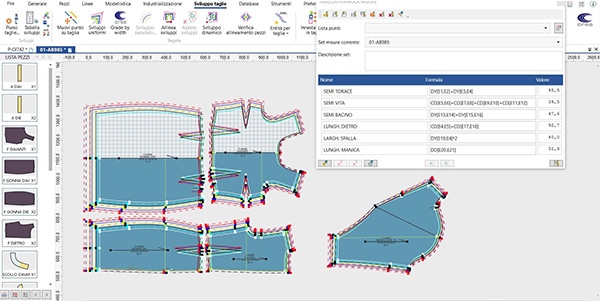
Size Grading with Seams
Create, CAD for pattern making, performs the size grading by taking into account lines, folds, darts and all the internal elements of the motif. Simplify the angles, the notches and the grading of divided parts. Quickly adds and varies sets of dimensions and uses special tools to speed up repetitive tasks. Develops dimensions considering each dimension as a single piece in a parametric way. Although it uses advanced precision tools, this fashion design software is intuitive and versatile.
It also helps the operator in managing cuts with interactive tables that allow them to recognize the polarities of the individual parts to be graded.
- – manual definition and loading of size plans, including size modifiers;
- – absolute and relative development for values x, y of rule points on contours and internal lines, and of entities that can be developed (texts, holes and internal signs, straight threads, etc.);
- – automatic proportional grading;
- – oriented and parallel development;
- – other development operations (zeroing, copying & pasting on points and sections, centring);
- – extraction of single-piece pieces, or nesting in sizes from separate pieces;
- – basic size change;
- – management of hierarchical levels of sizes, ex. main sizes and levels of under
- -sizes (including management of some entities in numbers differentiated by size);
- – simultaneous display of sizes by level, or of individual sizes.
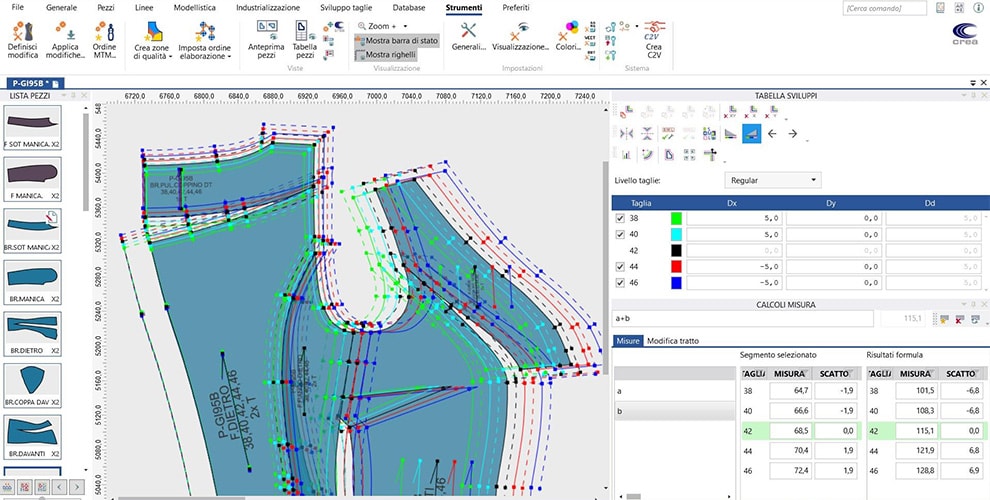
Example of size grading with Expander – Create module where is possible to assign a different color to each size
IMPORT / EXPORT
To communicate with most CAD applications on the market, Create offers a wide range of import and export tools. The available converters are: DXF, AAMA, ASTM, HPGL, HPGL-2, etc.
DIRECT CONVERTERS
We also have proprietary CAD format converters. During the conversion, all the information of the original file relative to the model, the price, the internal and packaging entities and the developments are kept. Everything happens in a few seconds.
With an adequate patter preparation, an in-depth knowledge of human anatomy and cutting-edge tools that allow you to perform a size development avoiding human errors and with extremely short time, it is possible to achieve the excellence of the finished product, which translates into developments cuts in perfect harmony of the prototype base size and respect of the fitting in every single size.
Crea Solution supports more than 1400 customers all over the world with technologies able to accelerate creative and operational processes, creating efficiency and generating value.






